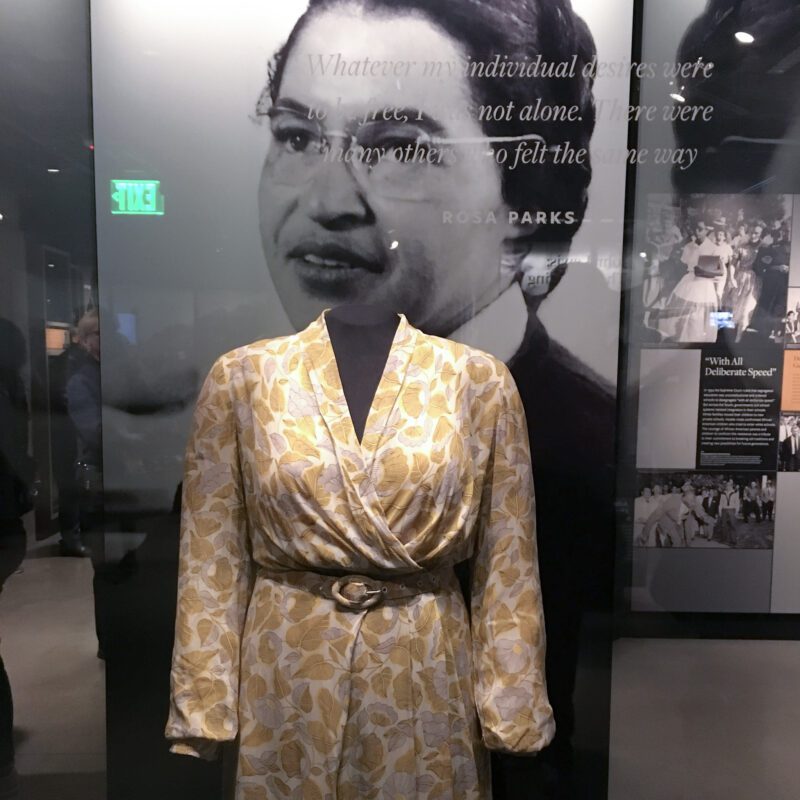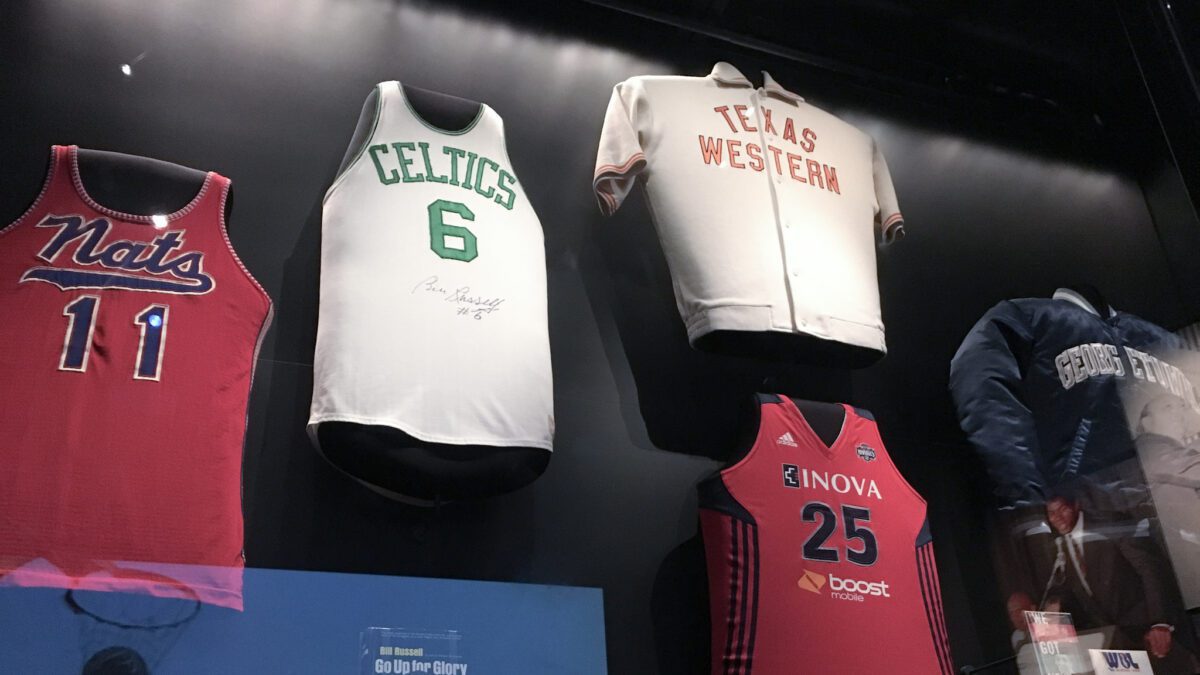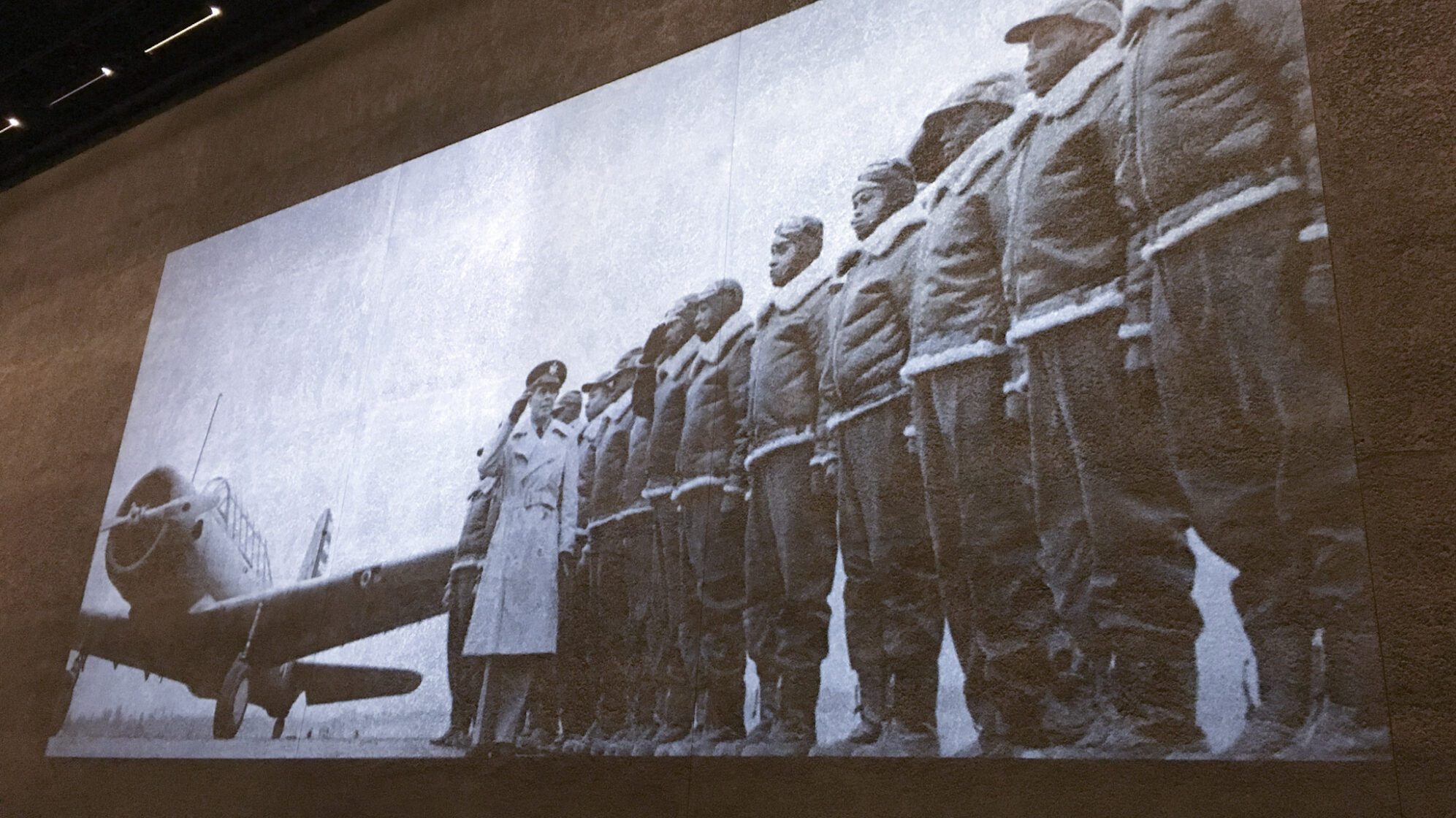I had felt sick at National Constitution Center in Philadelphia. A reproduction of the text of the Constitution is displayed beautifully and prominently on the wall. Including its Article I, Section II, Clause III, also known as The Three-Fifths Clause, which was considered a concession to Southerners who wished to count their slaves as part of the population to gain more political representation. It was a visual reminder that one of the most influential political documents in history, a blueprint for other countries for years to come, legitimized an immoral practice.
Black people in this country were building this country at the same time Founding Fathers. So 200 years later, the 2016 opening of the Smithsonian National Museum of African American History and Culture – on the heels of the Black Lives Matter movement and the twilight of President Barack Obama’s second term – was timely but also long overdue.
In the first months of opening, the museum was notorious for being difficult to get a ticket. I visited a year later during the winter, so I was able to get a walk-up ticket at the door. You could easily spend an entire day in here and since admission is free, I spent three afternoons.


The bottom three floors are dedicated to history, from the beginning of exploration of the Americas to the fully-fledged transatlantic slave trade to the Civil War. There’s many blink-and-you’ll-miss-them artifacts sprinkled throughout: a Bible owned by Nat Turner or a hymnal owned by Harriet Tubman. Others are large, immersive and harrowing: peer into a slave’s cabin or walk through the interior or a Portuguese slave ship complete with child-sized shackles.
A wall covered in the descriptions of slaves for sale – humans of all ages, abilities and dispositions – made me emotional. Even more heartbreaking next to it, a display of the selling block and descriptions of family members being parted from one another knowing they’d never see each other again.
There’s a lot to see of hypocrisy laid bare. In a draft of the Declaration of Independence, author Thomas Jefferson acknowledges the slave issue and we speculate on the reason why he omitted it. He is notorious for fathering black children, just as many others did.
This is too depressing, I thought to myself as I waited in line to view the casket of Emmett Till. Through these installations, the museum paints a picture of the nadir of race relations in the US, but also the resistance. Don’t miss the awesome display of other disenfranchised groups – La Raza, American Indian organizations – that played a role in the Civil Rights Movement and lesser known Poor Peoples Campaign of 1968. Some say it was the economic reform, not racial harmony, that made Martin Luther King, Jr. so dangerous.
There’s an exhibit on housing discrimination through restrictive covenants and the plight of the urban poor. Here a man recognized the heavy bolted public housing doors. “Like when we were kids.”
The three floors above the main level are dedicated to black culture and creation – a breath of fresh air after trudging through five centuries of oppression. I don’t know how this would be done logistically, but it might actually be good to find some way to alternate between these floors to break up the heavy content.
Black people created and thrived in their own spaces, out of necessity. But they also shaped modern pop culture through ingenuity and achievements, and you can view the memorabilia from icons of the past century donated by their owners themselves.

This, too, is history. Black athletes used their platform to reveal racial inequality; today, as a group they dominate some of the most popular American sports. The music of today can trace back to the streets of blighted neighborhoods, which can trace even further back to the musical expression of slaves. The voices of gospel singers brought soulful sound to rock music. And so on.
I’ve always been a big fan of all of the Smithsonian museums for being at the forefront of quality and accessibility. I have been all to them, and this might be the best one yet.
How to Get Tickets
Check out the website for more details and time your visit to see the special exhibitions. Some advanced planning may be required to get tickets for the museum. You have a few options:
- Advance time entry passes – released the first Wednesday every month. Passes go very quickly – as of 2018, you need to reserve three months in advance to get these tickets.
- Same-day passes – check same-day availability starting at 6:30 am ET.
- Weekday walk-up – on weekdays only, same-day tickets are given out on the Madison Drive entrance starting at 1:00 pm. The exhibits shut down at 5:15 pm, so you’ll still have hours at the museum.


Ask a question